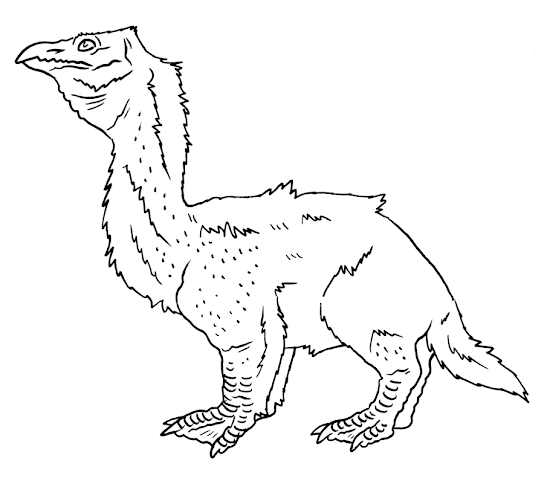A brace of baleful billious bellowing Bunyips
Hello again,
I have been thinking about Australian folkloric creatures a lot recently, partly in order to try and generate ideas for an upcoming project and partly just because it is a passion of mine.
Foremost of Australian fabulous beasts is the Bunyip, which has a varied and storied history going back to before colonization. It began as a creature which the white colonists believed to simply be a large undiscovered animal, a misconception further fueled by both fossil bones and those of livestock, as well as a whole slew of Aboriginal water-bogey myths that have been perhaps needlessly synonomized with the colonial version.
The local variant in Indigenous lore here among Adelaide's Kaurna people, as far out as the Ngarrindjeri nation of the Murray-river is the Moolyewonk, a rather typical humanoid water bogey which has been variously described as an ugly hairy merman, a web-footed yowie-like creature, or as being half man and half fish. Murray Bridge's village green has a mechanical coin-operated Bunyip named Bert (or Bertha) which is infamous in South Australia and beyond as an item of Submechanophobia and a local landmark.
The appearance of the Bunyip is mostly nebulous, depending on the context it is given. The various Indigenous bogeys that fall under this umbrella term include serpentine-long necked billabong creatures, giant emus, featherless running birds, ugly merfolk, and even quadrupeds that may be equated with Megafaunal species of the ice age. Popular illustrations since colonization amongst the whites vary even more greatly, such that any two drawings are not alike. Bunyips have become popular subjects of children's books, from Alexander Bunyip, who ate the landmarks of Canberra, to Colin Thiele's Gloop, and the notorious Bunyip of Berkley's creek.
The Bunyip of cryptozoological sightings and newspaper clippings gives us some more solid ideas to draw upon. One potential truth behind these is that seals and sea-lions may become trapped upriver and be misinterpreted as bellowing, saucer-eyed water-monsters. There are also a few notable sightings that describe tusks, three-toed feet, a horse-like tail and a long neck, none of which are present upon the seals of the southern hemisphere.
And alas it seems that in the modern day, any idea of a material, zoological Bunyip has vanished, they are relegated to folklore, myth and popular fiction, basically an artifact of colonization.
But you will see below, a few iterations I have made of trying to draw the Bunyip as an animal, I have chosen the less prosaic and more interesting attributes such as tusks, a long neck etc.

So there you are, my little brace of baleful bellowing Bunyips. Stay tuned in the not-too distant future for more potential musings in visual form, upon Australian folklore, and of course all sorts of other creature designs.
-
© Timothy Donald Morris 2024






Comments
Post a Comment